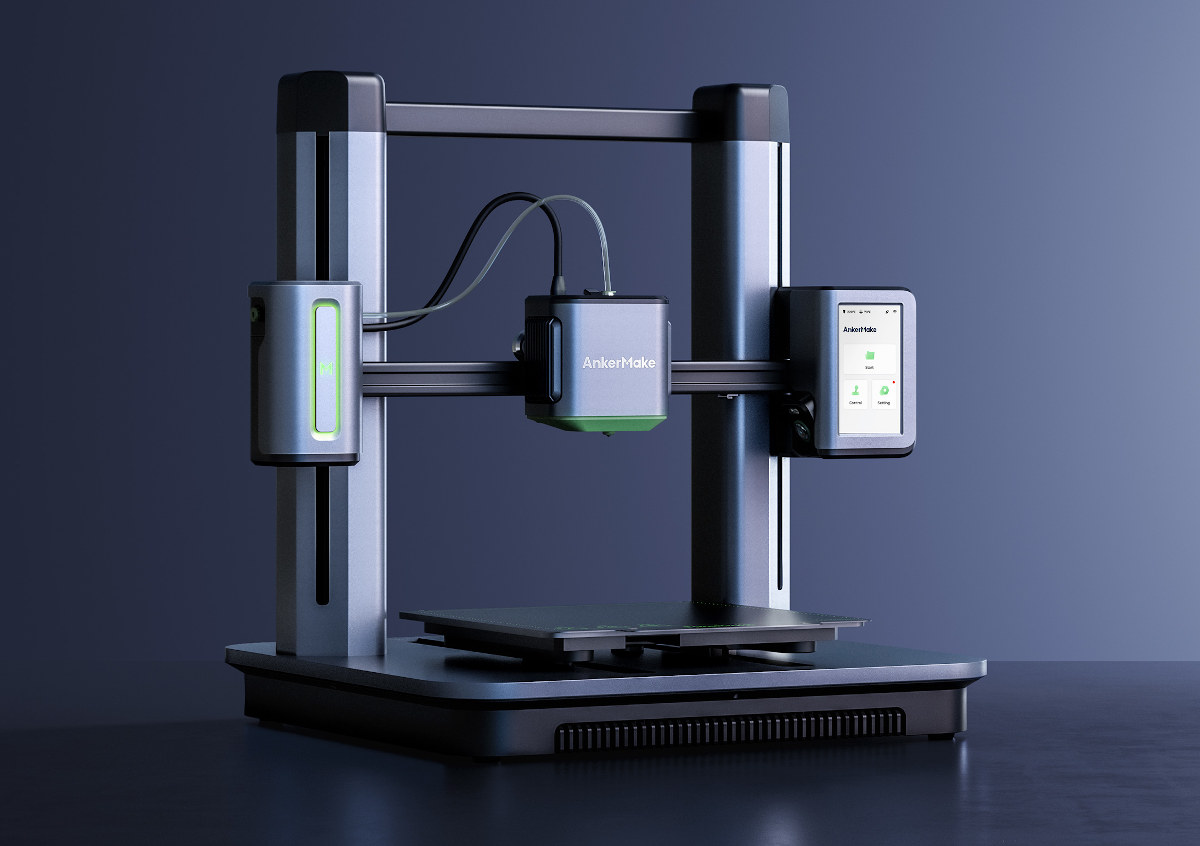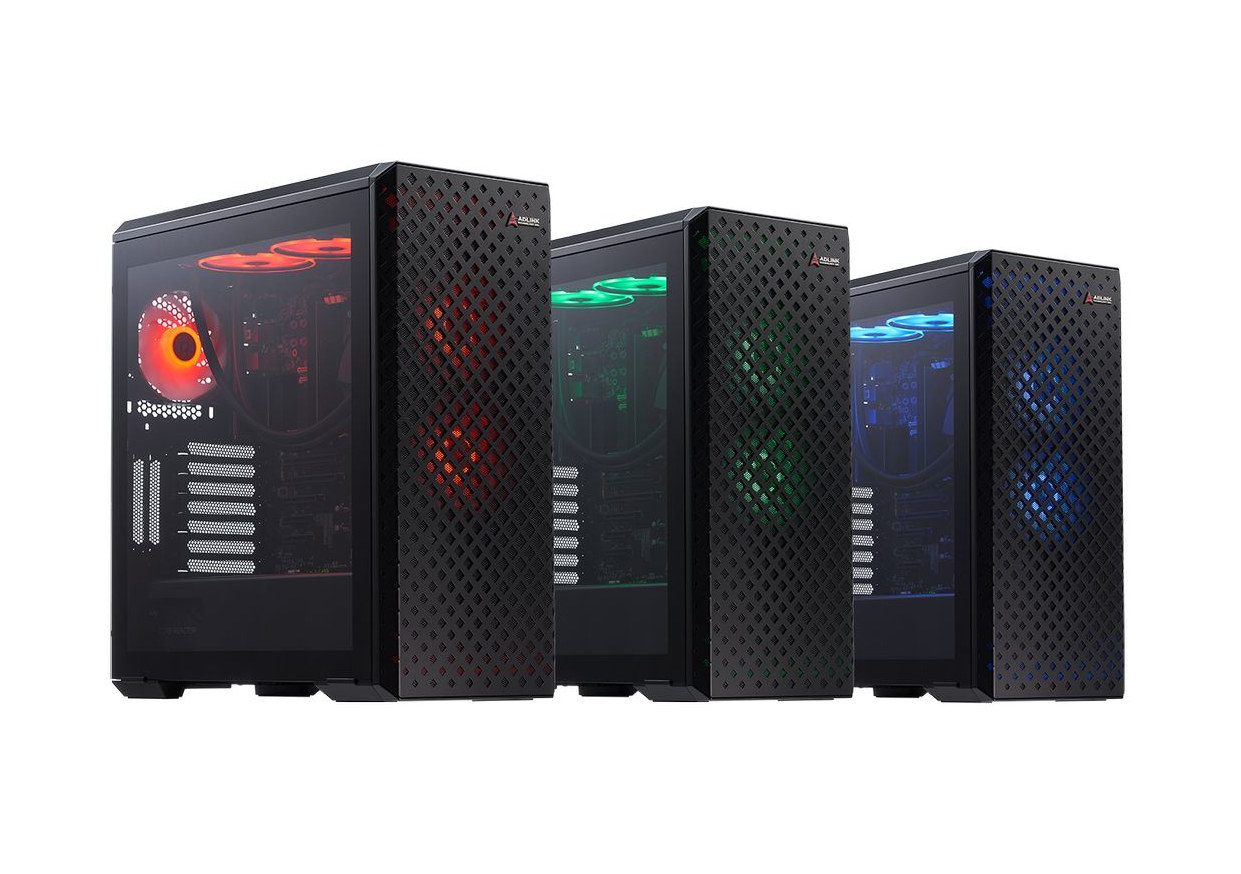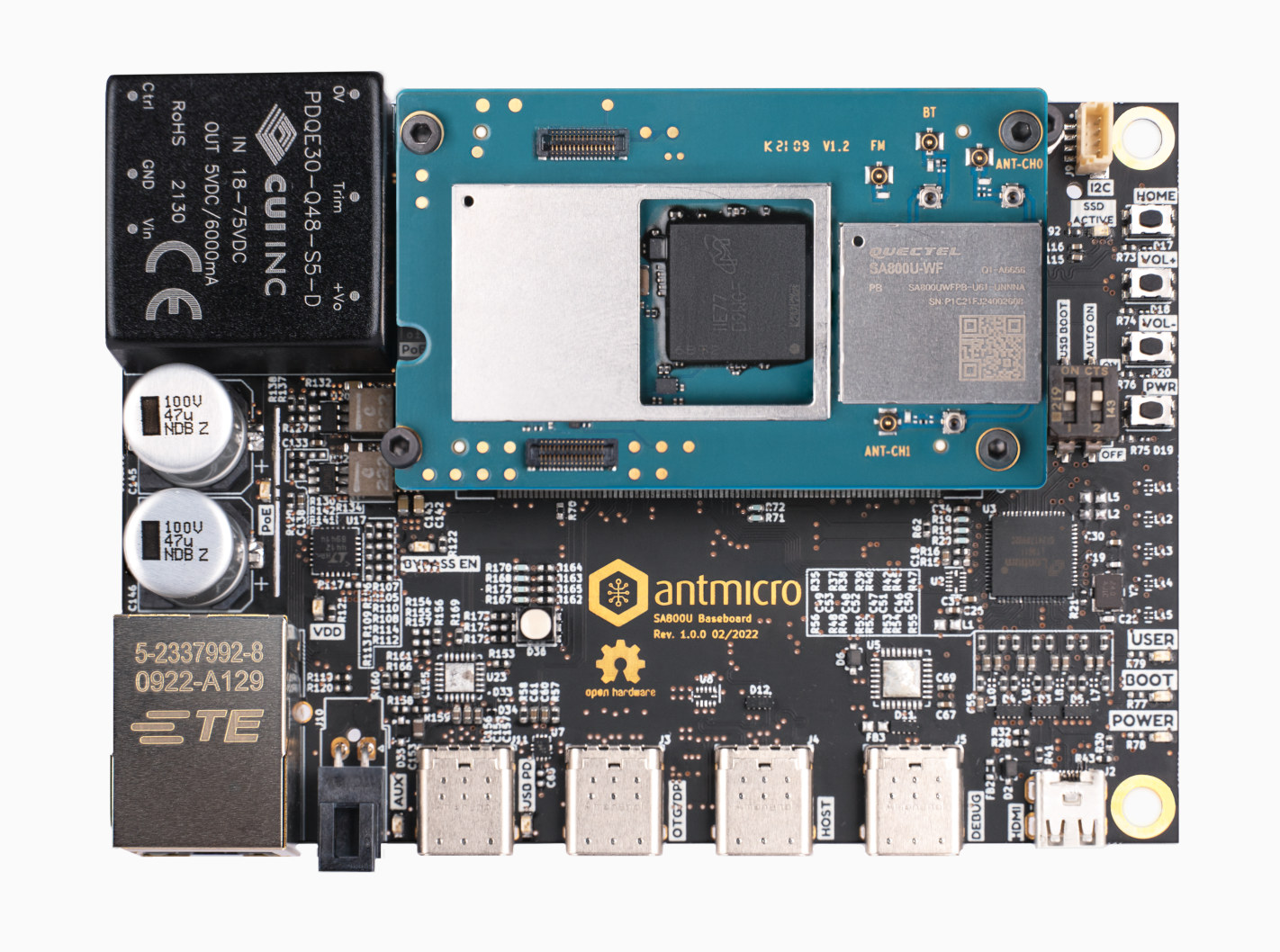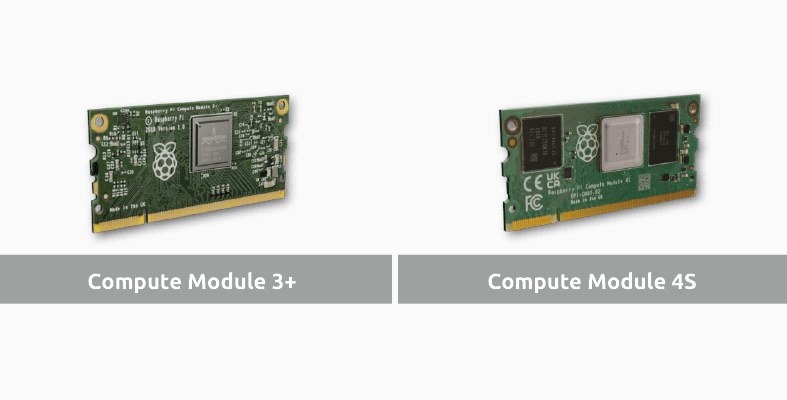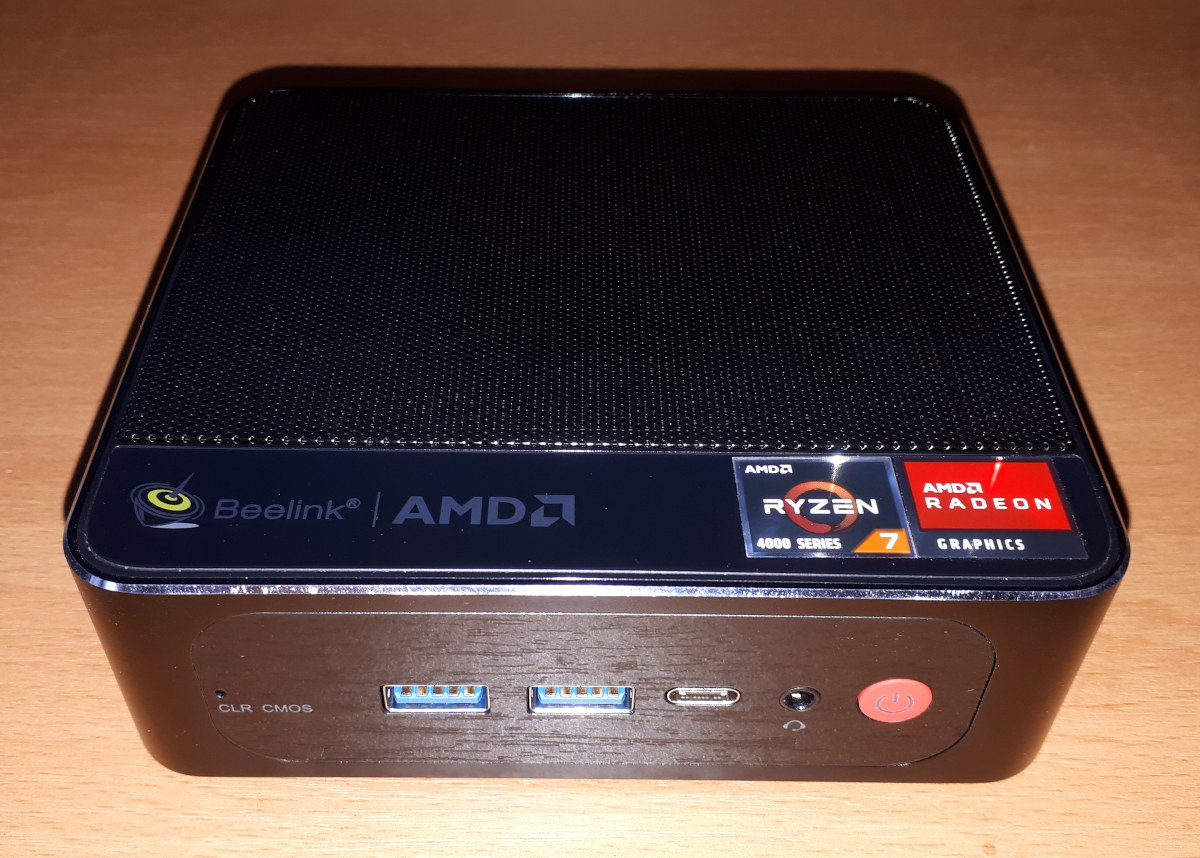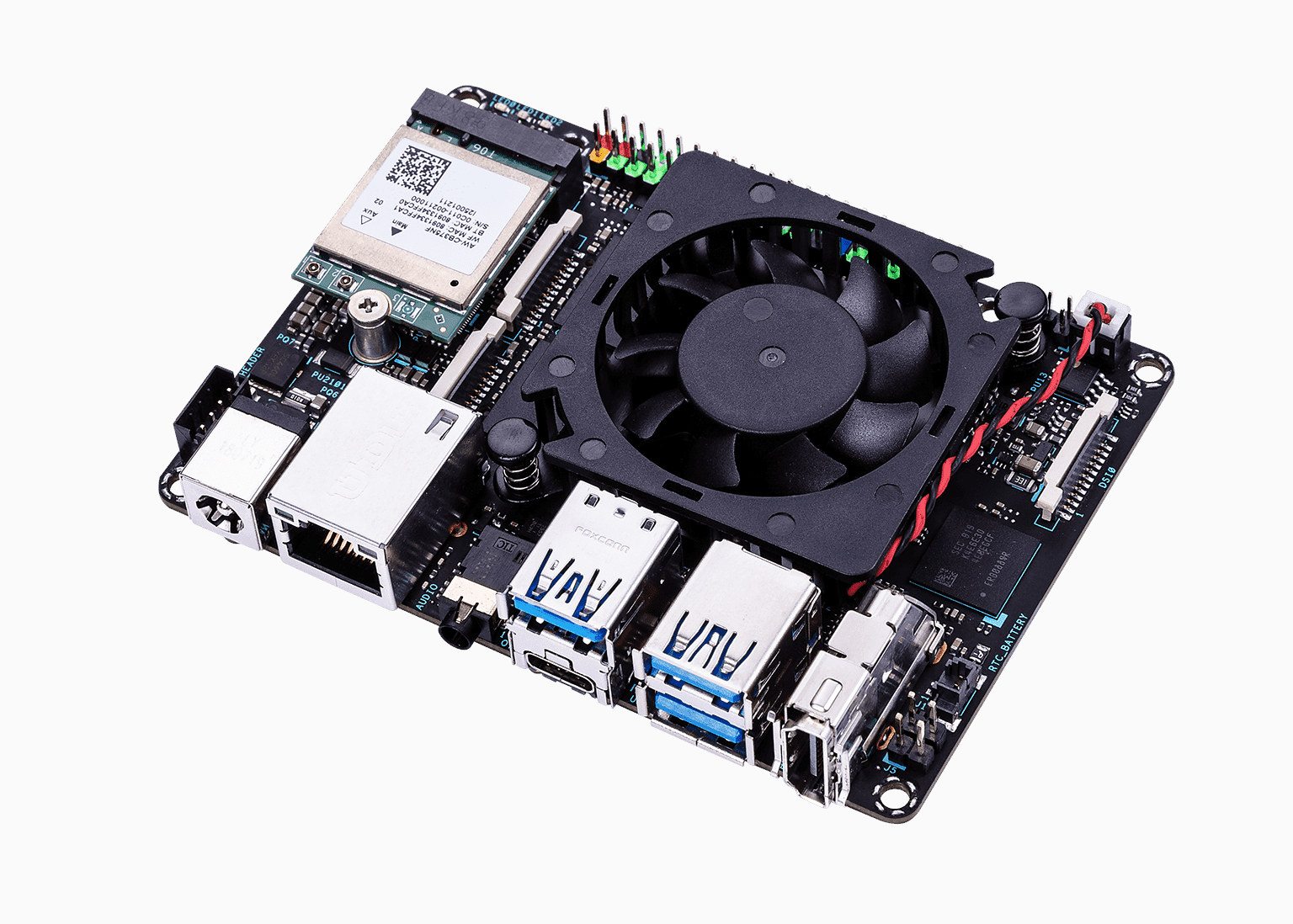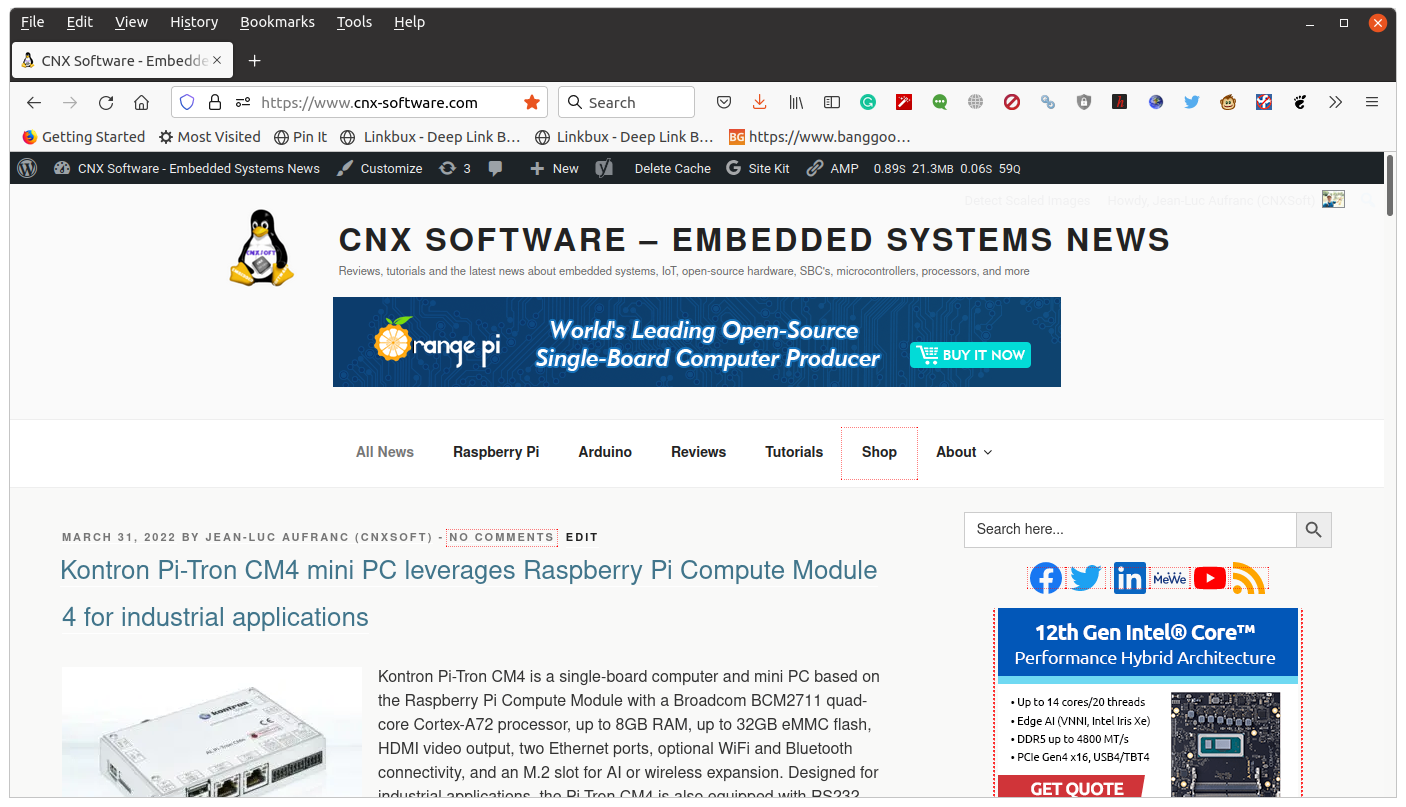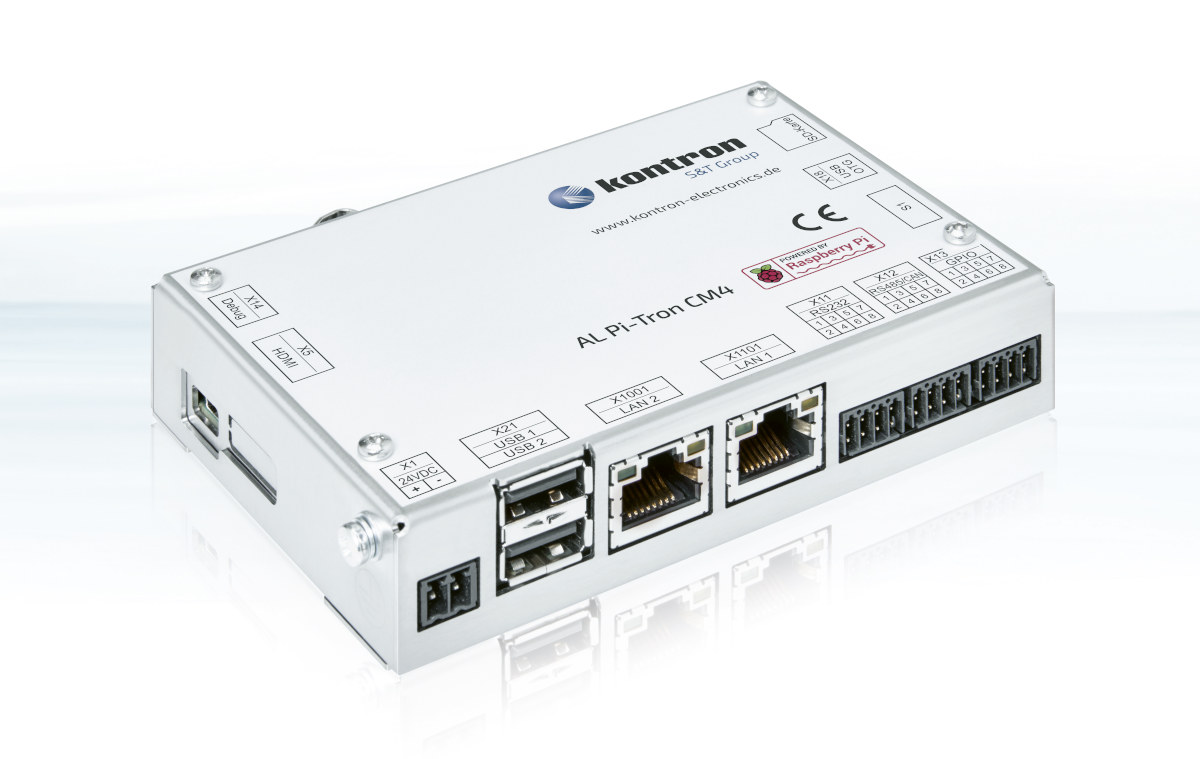Anker is better known for its charger and power banks, but the company has now entered the 3D printer market with the AnkerMake M5 3D printer which is said to print five times faster and comes with an AI camera for monitoring the prints. Besides the up to 300mm/s printing speed, other highlights of the 3D printer include Google Assistant & Amazon Alexa voice assistant compatibility, and easy assembly that requires 3 steps done in about 15 minutes. AnkerMake M5 3D printer specifications: SoC – Ingenic X2000 tri-core MIPS processor with 2x XBurst cores @ 1.2 GHz plus one XBurst0 core @ 240 MHz running Linux MCU – STM32F407 running Marlin firmware Print volume (L x W x H) – 235 × 235 × 250 mm Standard speed – 250 mm/s Speed range – 50 – 300 mm/s Acceleration speed – 2500 mm/s² X-axis movement – 42 – 40 stepper […]
Arm SystemReady SR-certified Ampere Altra Developer Platform launched for $3,999
ADLINK has just announced the availability of the Arm SystemReady SR-certified Ampere Altra Developer Platform equipped with the company’s COM-HPC Ampere Altra module with 32 to 80 64-bit Arm Neoverse N1 cores, 32GB to 128GB RAM. An adaptation to the earlier AVA Developer Platform expected to sell for $5,450, the Ampere Altra Developer Platform got a price cut to $3,999 at launch for a system with a 32-core processor, and 32GB DDR4. The system targets software developers wanting to build cloud-to-edge applications using standardized Arm hardware. Ampere Altra Developer Platform specifications: SoM – COM-HPC Ampere Altra module with Ampere Altra 32 to 80-core 64-bit Arm Neoverse N1 processor up to 1.7/2.2/2.6 GHz (32/64/80 cores, TPD: 60W to 175W), 32 GB to 128GB DDR4 ECC memory Storage – 128 GB NVMe M.2 SSD Mainboard – COM-HPC Server Base carrier board Video – VGA port Audio – 3.5mm audio jack Networking 1x […]
Antmicro releases open-source hardware Snapdragon 845 baseboard designed with KiCad
Antmicro team has released an open-source hardware baseboard for Quectel SA800U-WF System-on-Module powered by Qualcomm Snapdragon 845 octa-core processor, which they designed with KiCad open-source EDA tool. The baseboard supports NVMe storage and offers Micro HDMI and MIPI DSI video interfaces, Gigabit Ethernet with PoE support, USB 3.1 Type-C interfaces, and other I/Os, plus three separate power inputs. The company expects the design to serve as a starting point for building portable smart assistants, kiosks, VR/AR or smart screens, and more. Antmicro Snapdragon 845 baseboard specifications: Supported system-on-module – Quectel SA800U-WF with: SoC – Qualcomm Snapdragon 845 octa-core Kryo 385 processor (4x Cortex A75 cores + 4x Cortex-A55 cores), Adreno 630 GPU, Hexagon 685 DSP, 4K H.265/H.264 video decoding and encoding System Memory – 4 GB LPDDR4X Storage – 64 GB UFS storage 802.11b/g/n/ac Wi-Fi 5 2×2 MIMO and Bluetooth 5.0 module Board-to-board connector for connection to baseboard Dimensions – […]
Raspberry Pi Compute Module 4S SO-DIMM module is powered by Broadcom BCM2711 SoC
The Raspberry Pi Compute Module 4S is an upcoming system-on-module based on the same Broadcom BCM2711 quad-core Cortex-A72 processor found in Raspberry Pi Compute Module 4, but using the same SO-DIMM connector as found in earlier Raspberry Pi Compute Module boards, instead of the new board-to-board connectors. The Raspberry Pi Compute Module 4S is not launched yet, but we discovered it will be used on Revolution Pi S and SE series DIN-rail industrial computers via a tweet from Jeff Geerling and his post on Raspberry Pi forums. Apart from the faster processor and support for 4K video output, The Raspberry Pi Compute Module 4S is quite similar to the Raspberry Pi Compute Module 3+. Memory bandwidth might be a little better with the LPDDR4 memory too (TBC), but all the rest looks the same. The main advantage of the new Raspberry Pi CM4S module is compatibility with older SO-DIMM carrier […]
Beelink SER4 Review – Windows 11, Ubuntu 20.04, and “overclocking” AMD Ryzen 7 4800U SoC
Beelink has released the SER4 which is the latest in their ‘SER’ mini PC series and it features a Zen 2 AMD mobile processor. Beelink kindly sent one for review and I’ve looked at performance running both Windows and Ubuntu and dabbled with ‘overclocking’. Beelink SER4 Hardware Overview The Beelink SER4 physically consists of a 126 x 113 x 40mm (4.96 x 4.45 x 1.57 inches) square metal case. As an actively cooled mini PC, it uses AMD’s 7 nm Zen 2 Ryzen 7 4800U Renoir processor which is an eight-core 16-thread 1.8 GHz mobile processor boosting to 4.2 GHz with Radeon Graphics. The front panel has an illuminated power button, a 3.5mm headphone jack, a Type-C USB 3.1 port with Alternate Mode, dual USB 3.1 ports, and a reset pin-hole ‘CLR CMOS’. The rear panel includes a gigabit Ethernet port, a USB 3.1 port and a USB 2.0 port, […]
ASUS Tinker Edge R SBC with 3GB RAM, Rockchip RK3399Pro sells for $179
ASUS Tinker Edge R Pico-ITX single board computer with Rockchip RK3399Pro AI processor was first unveiled in 2019 with 6GB RAM, but a cheaper 3GB RAM version with 2GB RAM for the CPU, and 1GB RAM with the integrated NPU just showed up in my news feeds. Whether it comes with 3GB or 6GB RAM, the Tinker Edge R board should mostly be interesting for AI accelerated workload thanks to the 3 TOPS built-in NPU, as well as the two MIPI CSI camera interfaces. ASUS Tinker Edge R (3GB) SBC specifications: SoC – Rochchip RK3399Pro hexa-core big.LITTLE processor with 2x Cortex A72 cores up to 1.8 GHz, 4x Cortex A53 cores @ 1.4 GHz, an Arm Mali-T860 MP4 GPU up to 800 MHz with OpenGL ES 1.1 to 3.2, OpenVG1.1, OpenCL 1.2 and DX 11 support, and NPU delivering up to 3.0 TOPS System Memory – 2 GB dual-channel LPDDR4 […]
How to Install dnsmasq caching DNS server in Ubuntu
As you may have noticed in recent days, my domain registrar (HostFast) suspended cnx-software.com domain for what I believe are dubious reasons, meaning the site was inaccessible to the outside world and myself. I cannot do much about the latter and I’m held hostage to what the domain registrar’s will, but I was able to access my own website with my domain name after installing a DNS server through dnsmasq on my Ubuntu 20.04 laptop. Edit: most of the steps below are actually not needed in Ubuntu 20.04, since you could just edit /etc/hosts (step 4). I’ll just leave the instructions below in case somebody needs to install dnsmasq. Here are the steps I followed. Install dnsmasq
|
1 |
sudo apt install dnsmasq |
This did not work at first since systemd-resolved is already installed, so I disabled it by following instructions on askubuntu:
|
1 2 3 |
sudo systemctl stop systemd-resolved sudo systemctl disable systemd-resolved sudo systemctl mask systemd-resolved |
I then added name servers to /etc/dnsmasq.conf:
|
1 2 |
server=8.8.8.8 server=4.4.4.4 |
and cnx-software.com IP […]
Kontron Pi-Tron CM4 mini PC leverages Raspberry Pi Compute Module 4 for industrial applications
Kontron Pi-Tron CM4 is a single-board computer and mini PC based on the Raspberry Pi Compute Module with a Broadcom BCM2711 quad-core Cortex-A72 processor, up to 8GB RAM, up to 32GB eMMC flash, HDMI video output, two Ethernet ports, optional WiFi and Bluetooth connectivity, and an M.2 slot for AI or wireless expansion. Designed for industrial applications, the Pi-Tron CM4 is also equipped with RS232, RS485/CAN FD bus, and GPIO terminal blocks, supports 24V input voltage, and is optionally sold as AL Pi-Tron CM4 in a housing suited for challenging environments. Kontron Pi-Tron CM4 specifications: SoM – Raspberry Pi Compute Module 4 (CM4) with Broadcom BCM2711 quad-core Cortex-A72 processor @1.5 GHz, VideoCore VI GPU, H.265 (HEVC) up to 4Kp60 decode, 1080p30 encode, up to 8GB LPDDR4, up to 32GB eMMC flash Storage – MicroSD card socket (only for Raspberry Pi CM4 Lite module) Display I/F HDMI 2.0 up to 4Kp60 […]


